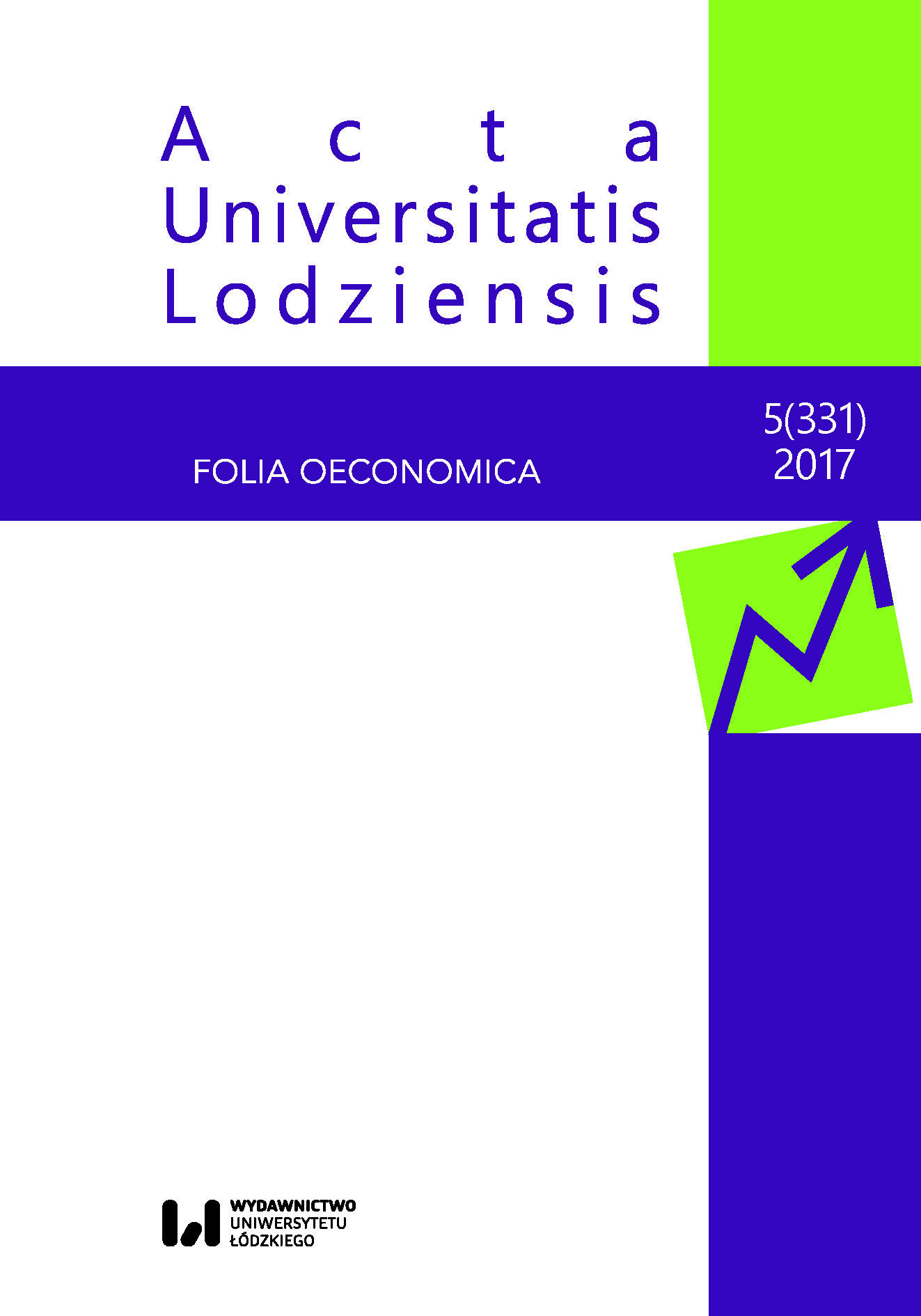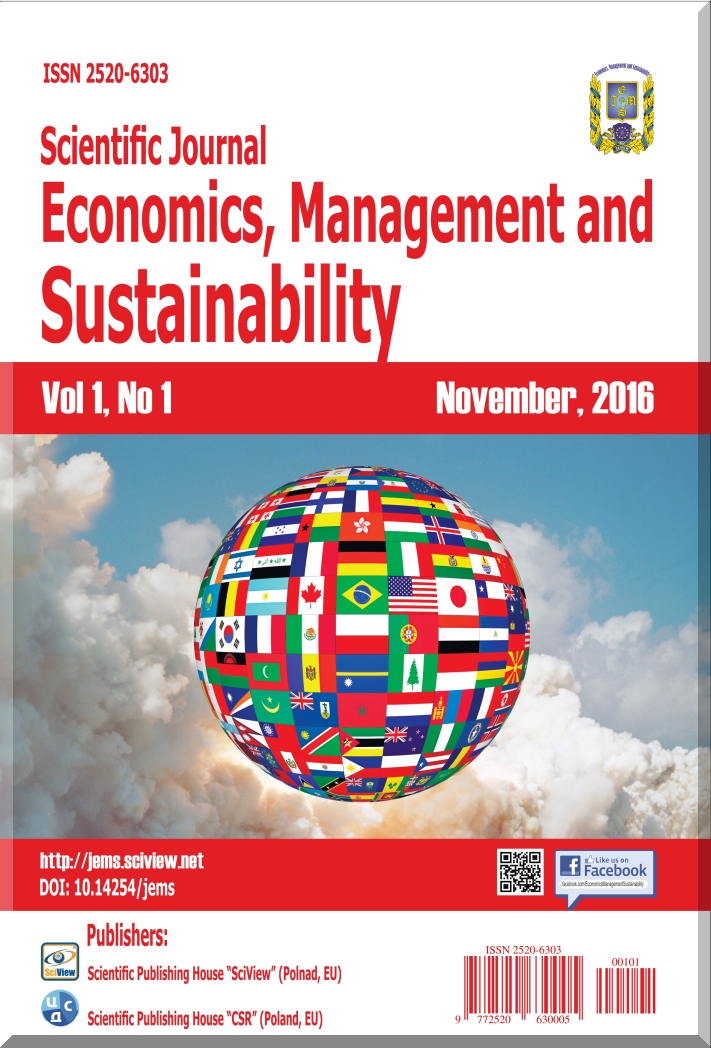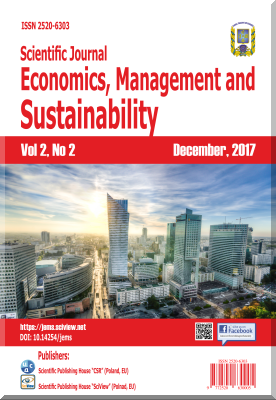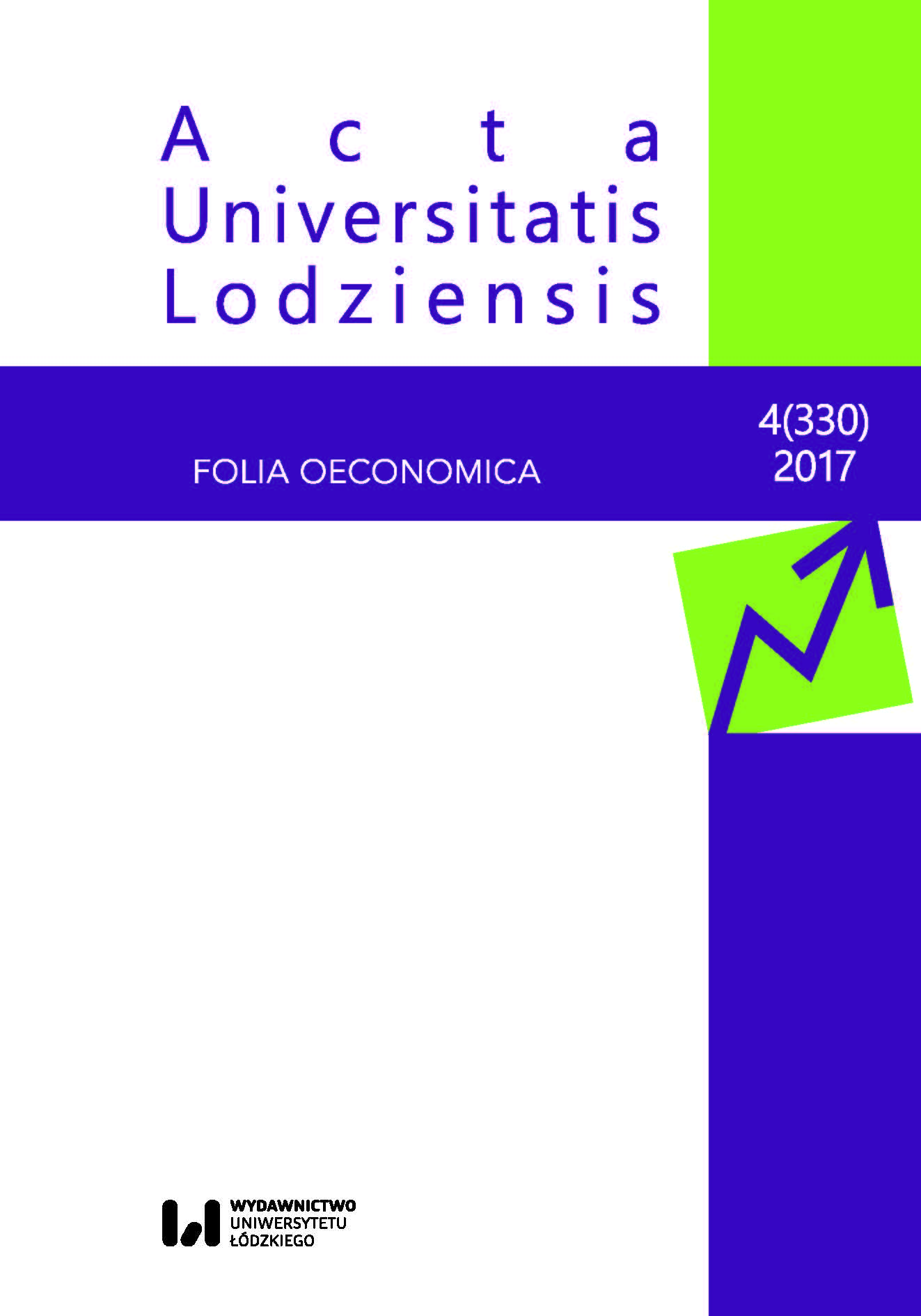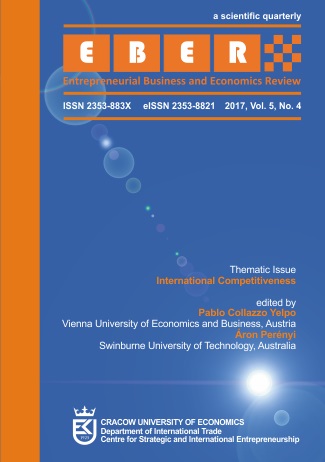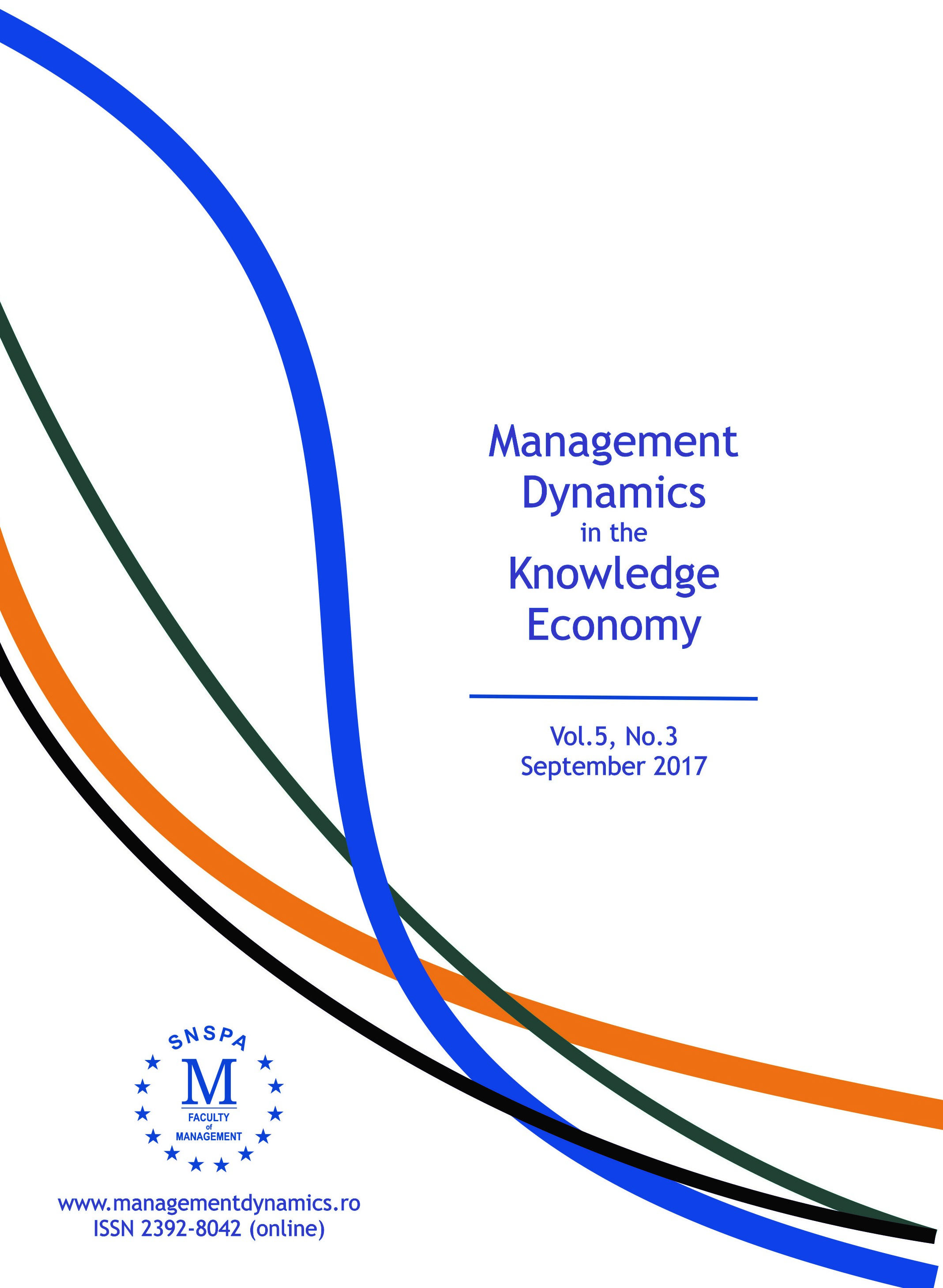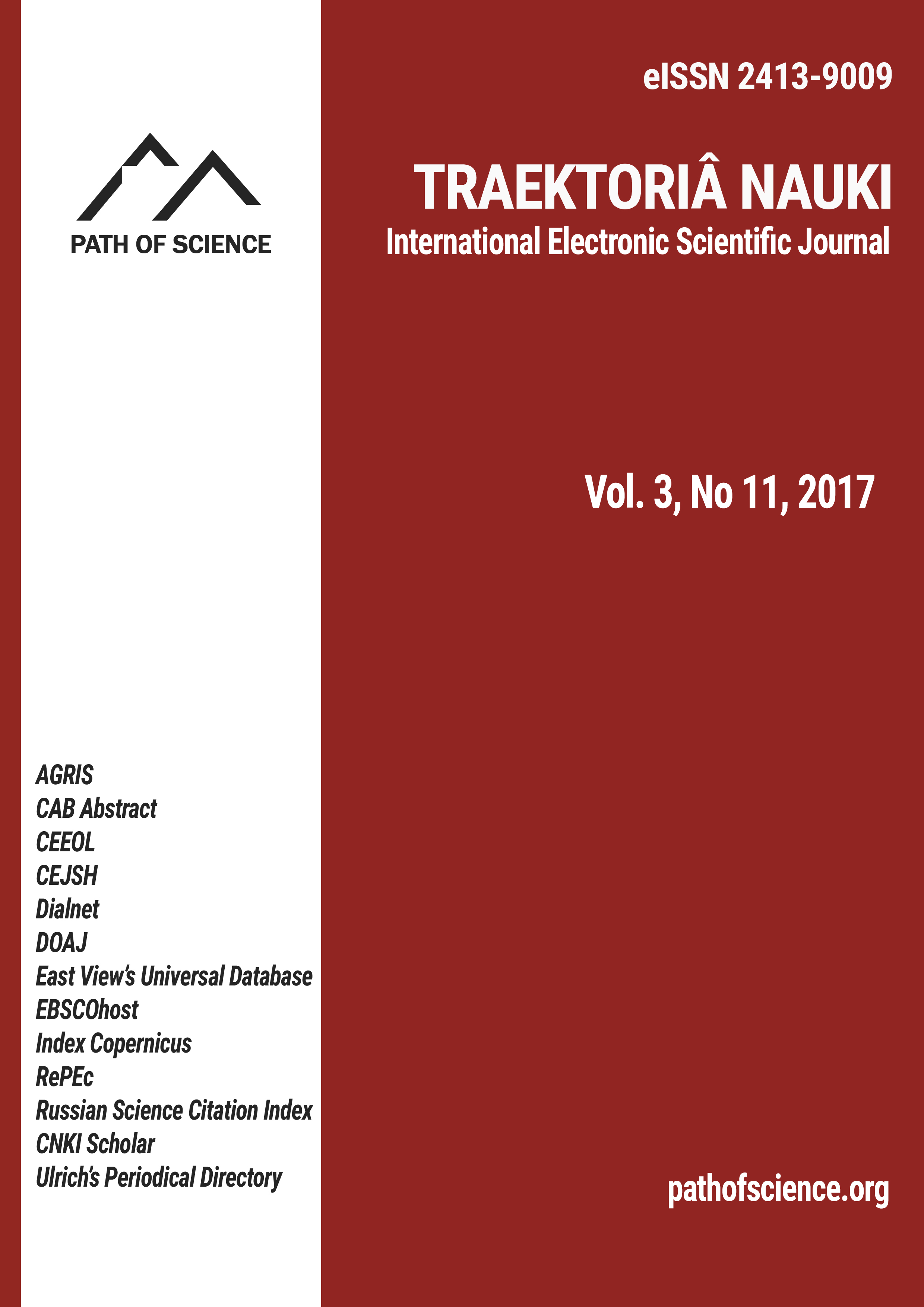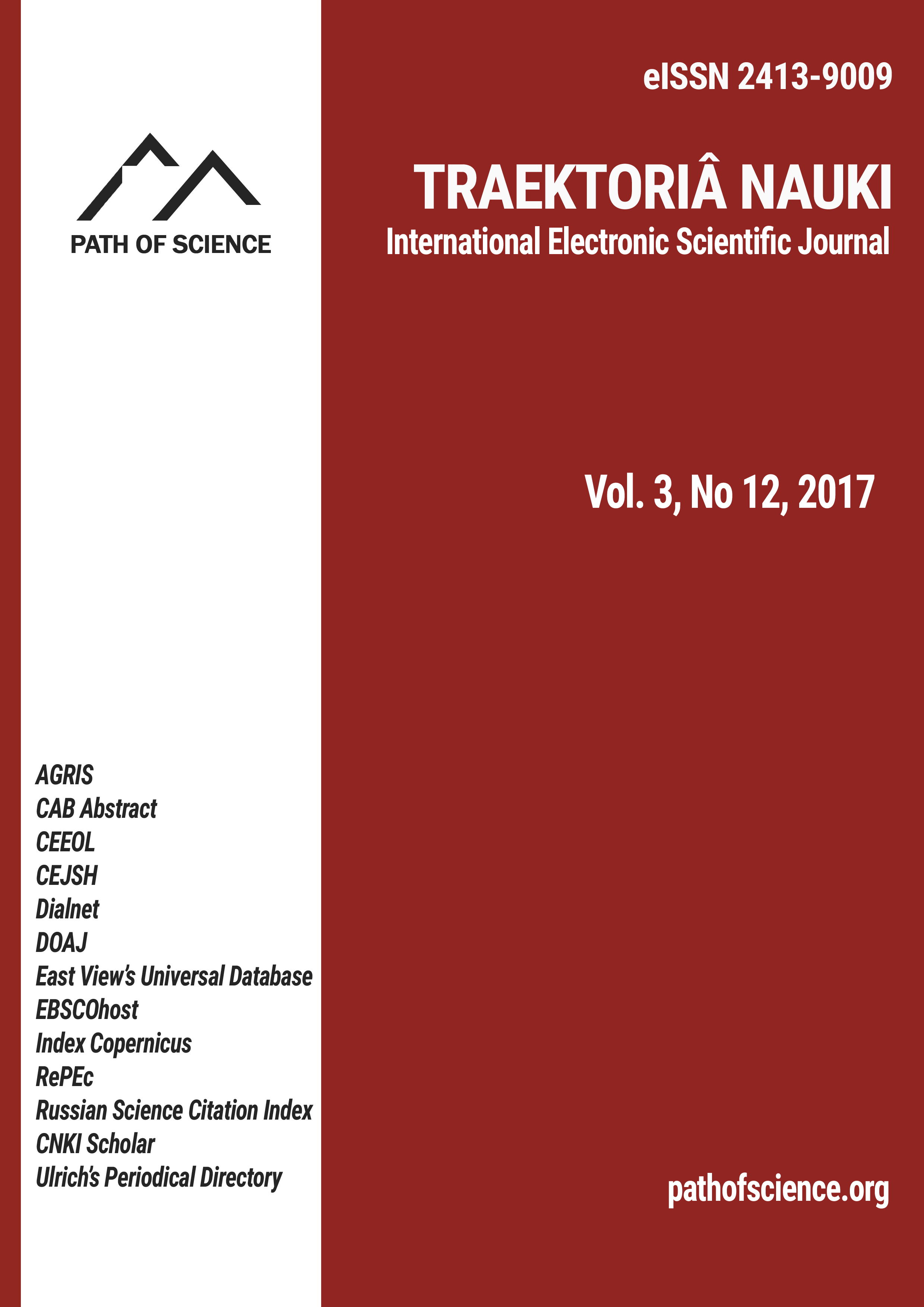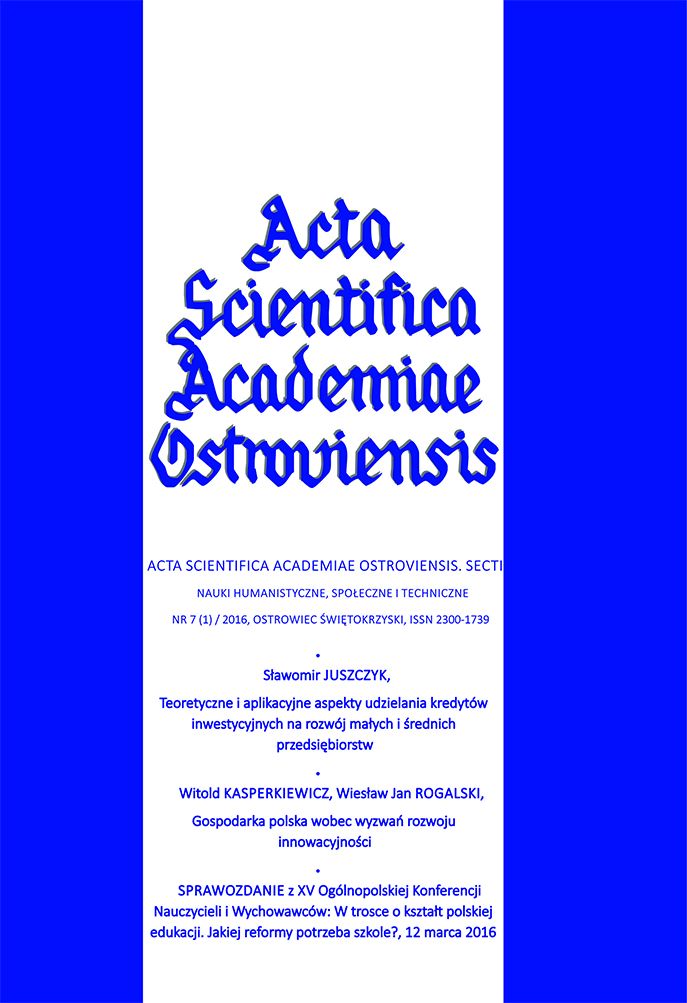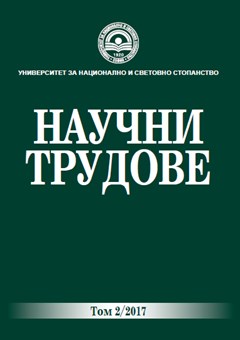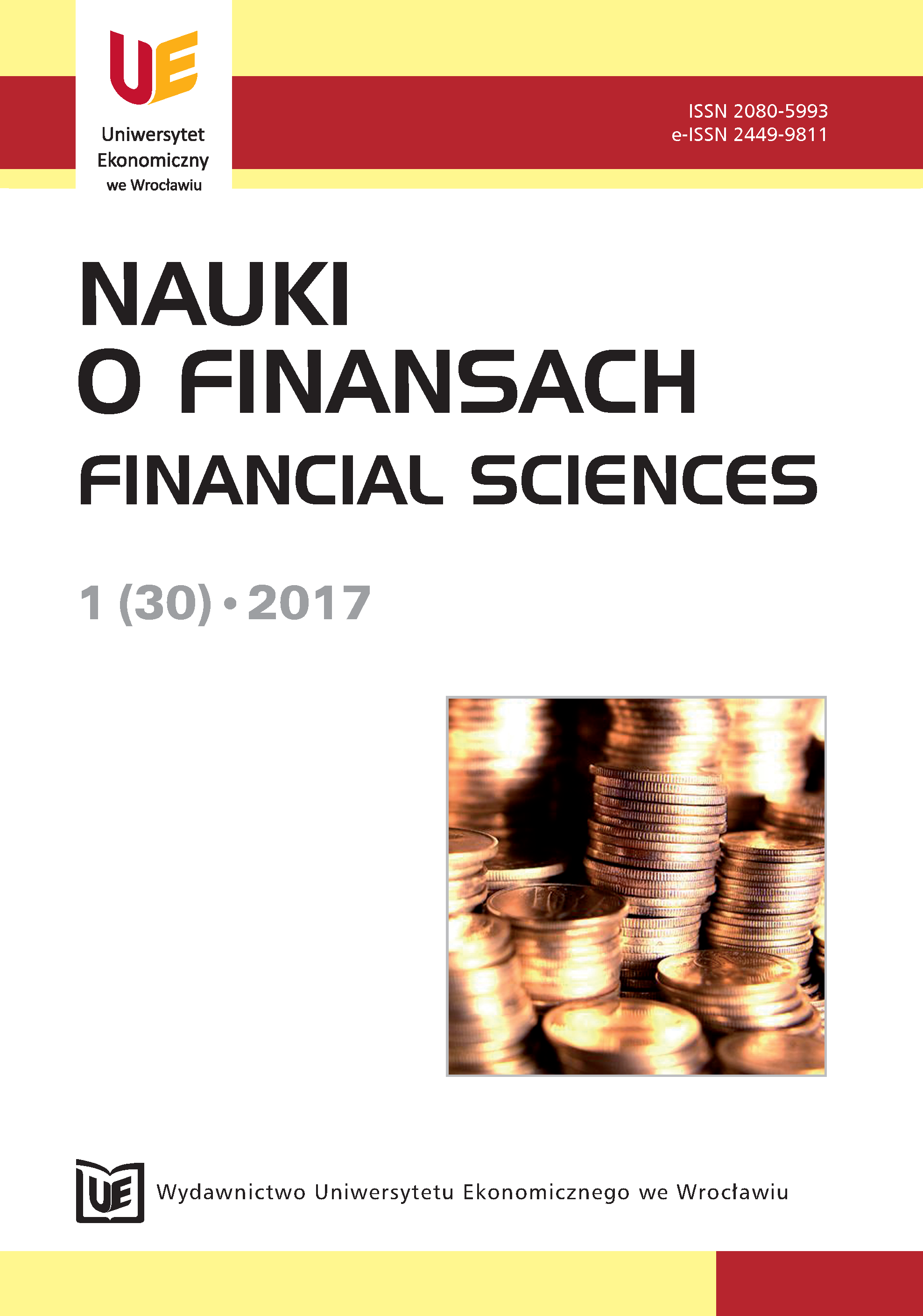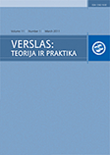
Product reliability and warranty period as a cost-forming factors
The relevance of this study is determined by the fact that, in modern conditions, the manufacturers of high-tech products offer long-term warranty service for their products aiming at receiving the consumer. In turn, the frequency of warranty service depends on the probability of trouble-free operation of the product in a certain time interval. However, increasing the uptime of the products and increase the warranty period results in increased costs. Therefore, the purpose of this study is to develop a model that allows determining the impact of the following factors on the product cost: the reliability of the manufactured products and the term of their warranty. To achieve the goal of the research there has been determined the content of warranty service, has been introduced the integrated indicator of quality warranty services, and has been shown the level of products reliability as a dependence from the costs of their manufacturing and warranty service. The novelty of this study is estimation of the manufacturer’s cost depending on the way of providing the warranty service, either by repair, or by complete replacement of the failed product. The research results provide competitive advantages to manufacturers of high-tech products since it enables to find the efficient period and intensity of the warranty service.
More...
